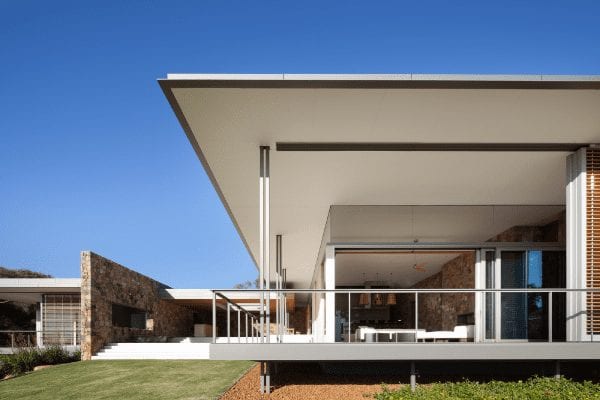The Tradition of the Flat Roof and it’s Benefits
Please Go to Main Page for Published Prices – Click Here
Rain Heads Custom Made Shipped Free Australia Wide – Click Here >
Dambuster Rain Heads Shipped Free Australia Wide – Click Here >
Commercial Industrial Roof Vents 300mm-950mm – Click Here >
Eco-Friendly Roofing Insulation Shipped Free – Click Here >
Gutter Sumps Shipped Free Australia Wide – Click Here >
Have you seen modern homes and new constructions?
Flat roofs are trending once again.
Many shelters are flat which take after the ancient buildings mainly in arid areas.
Flat roofs are roofs which have a low pitch.
Flat roofs were introduced in Australia in the 1920s during the Victorian times.
Most of the buildings with flat roofs had a pitch of about 7° and was common in government buildings.
The flat roofs began when injected bituminous felt was used to build shelters of corporate structures.
The method entailed coating multiple layers of bitumen to the sub-base of concrete.
In the 1950s, after the end of the Second World War, steel decking also known as galvanized steel sheet rooting became a trend.
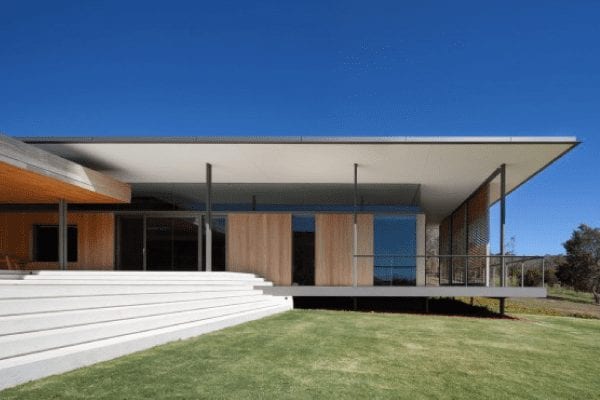
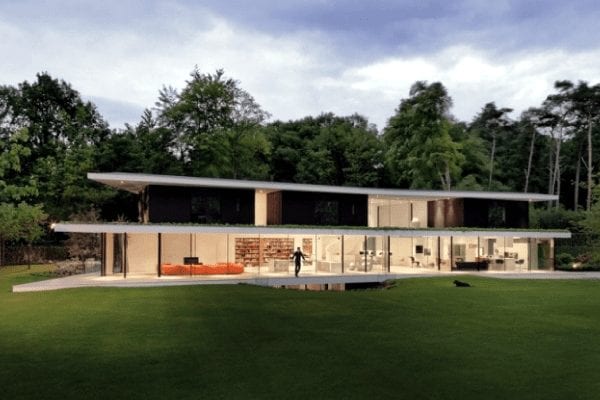
The design and material of the steel made it acquire an almost horizontal design of between 1° and 2°.
In the 1960s and 1970s, flat roofs gained a different definition with the practice of metal decking and roof cladding.
Currently, there is a variety of profiles for flat roof cladding which broadens the scope of uses and location, with a wide range of modern homes adopting the flat roofing style.
Benefits of flat roofing
The misconception behind the disadvantage of using flat roof lies primarily on the efficiency in drainage.
They, however, have a pitch that allows drainage. Using the flat roof design has benefits to the users.
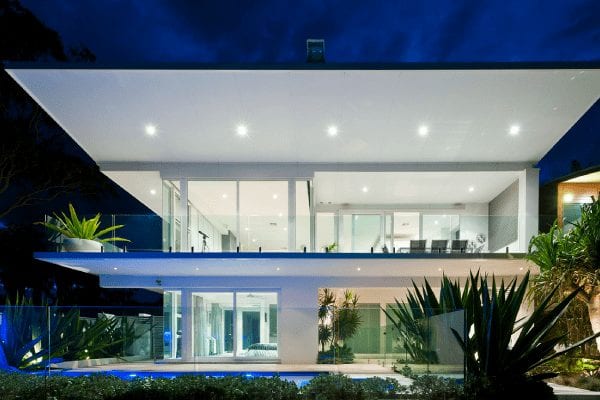
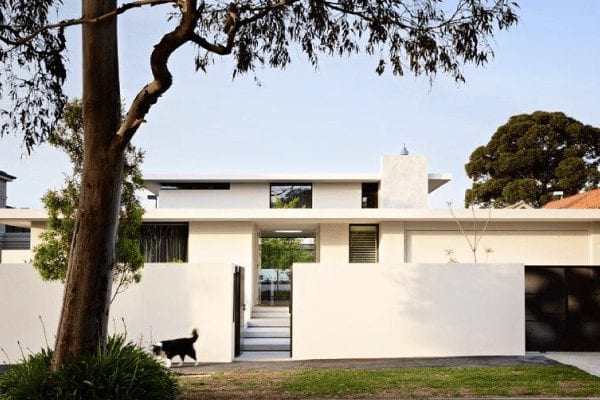
This work outlines some of them
• Cost-effective
Pitched roof requires more capital to construct than flat roofs. When it comes to the cost of installation to the initial building cost, flat roofs takes the upper hand, The connection joints and the extra volume of material needed for a pitched roof are some of the complications reduced by the use of flat roofs. Construction of other shelters requires more elements which translate to extra cost regarding maintenance. The installation of flat roofs needs an impermeable membrane and a good quality concrete mix only.
• Resistant to wind
Australia experiences high wind speeds which can cause a catastrophe on pitched roofs without enough grip and resistance. Flat roofs are efficient in such situations because of their low pitch.
• Accessibility
Pitched shelters limit the process of cleaning and repair because of the slanting nature of the roof. Flat tents, on the other hand, are easily accessible for cleaning, installing items or repairing. You can remove stains and other organic stains with by pressure washing without damaging the roof.
• Saves space
Flat roofs provide extra space for use in the future. The home or building owner can utilize the rooftop space for storage such as installing water tanks and heaters. Some people use the rooftop to host gatherings. In Australia, it is common to see gardens on flat roofs, which elevate the general aesthetics.
In conclusion, flat roofs are modern and classic, with unlimited designs additions. They are aesthetic with different profiles flooding the construction market. The flat roof style continues to undergo research to make them more valuable to the users and the environment.
